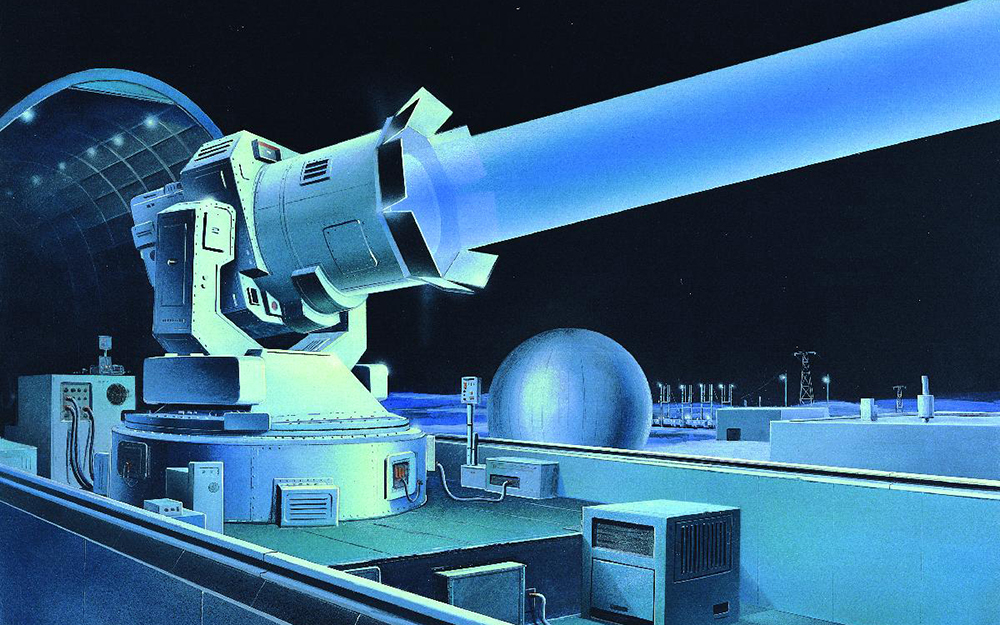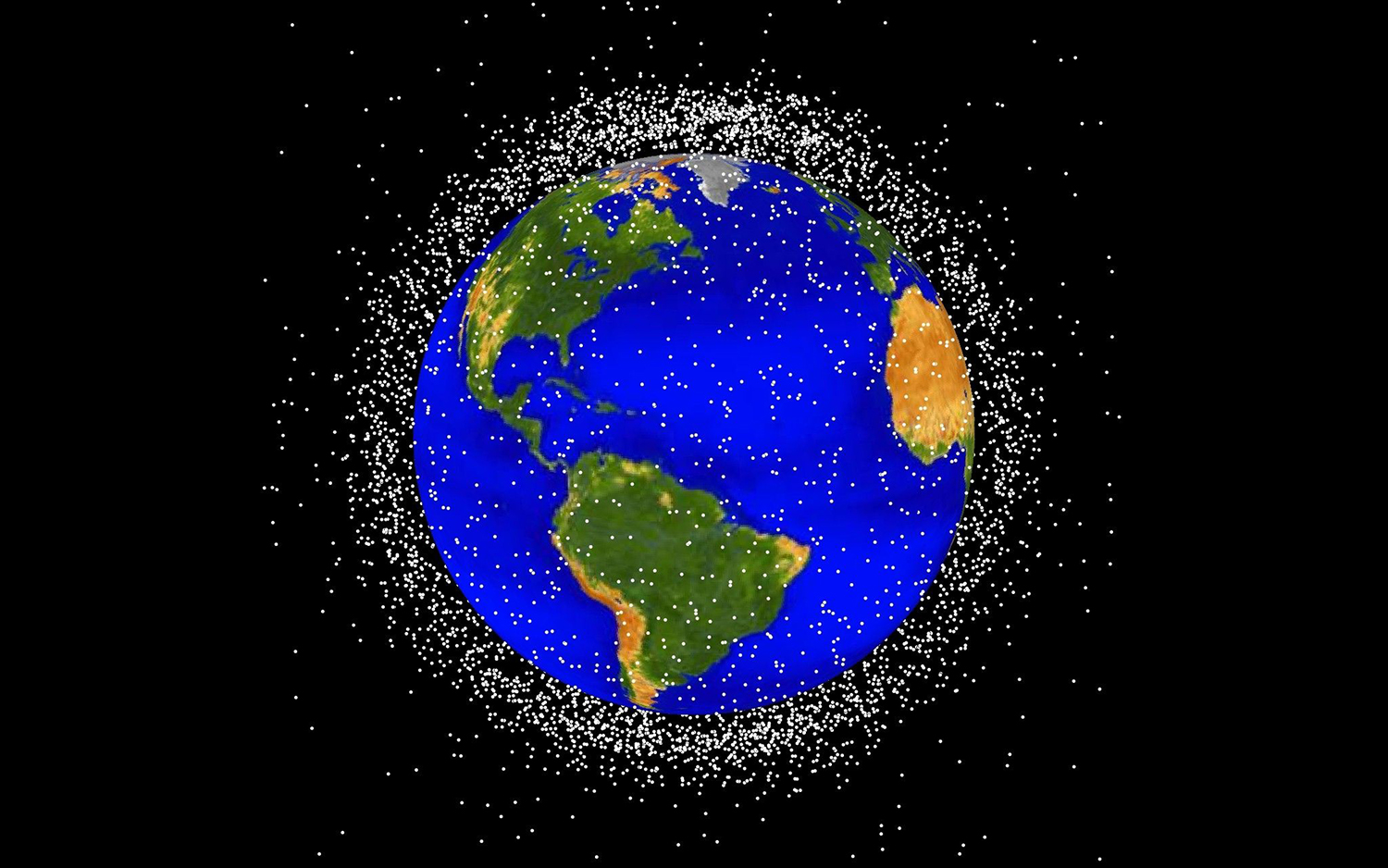Russia Wants to Blast Space Junk with Laser Cannon

Russian. Space. Lasers. That's right, Russian scientists are developing cosmic guns capable of blasting some of the half-million bits of space junk orbiting our planet into oblivion.
Precision Instrument Systems — a research and development arm within the Russian space agency, Roscosmos — recently submitted a proposal to the Russian Academy of Sciences (RAS) for transforming a 3-meter (10 feet) optical telescope into a laser cannon, the RT network reported.
Scientists at Russia's Altay Optical-Laser Center will build this debris-monitoring telescope. Then, to turn it into a debris-vaporizing blaster, the researchers plan to add an optical detection system with an onboard "solid-state laser," according to the Sputnik news agency. [How Do Laser Weapons Work? (Infographic)]
After that, it's sizzle time. The cannon will train laser beams on pieces of orbiting detritus in low Earth orbit, heating up the bits of floating junk until they are entirely demolished, according to RT.
Human-made space junk consists of discarded or broken parts of spacecraft, launch vehicles and other objects sent into space, and it comes in many sizes. Approximately half a million bits whizzing around the planet are the size of a marble or bigger, and about 20,000 of those are at least the size of a softball, NASA reported in 2013. These bits travel at speeds of up to 17,500 mph (28,164 km/h), and at such speeds, even a relatively small particle of debris could seriously damage a spacecraft or satellite.

In 2015, Japanese researchers presented plans for a spacefaring, debris-blasting laser mounted on a powerful telescope intended to detect cosmic rays, Space.com previously reported. Their study described combining many small lasers to produce a single powerful beam that would vaporize matter on the surface of space junk, generating a plume that would propel the debris lower in its orbital path, eventually causing the object to burn up in Earth's atmosphere.
And earlier this year, researchers in China published a report proposing another laser-based approach to dealing with space garbage; their solution also suggested using satellite-mounted lasers to nudge orbiting debris into a lower orbit.
Sign up for the Live Science daily newsletter now
Get the world’s most fascinating discoveries delivered straight to your inbox.
Clearly, space debris is a problem that would likely benefit from a futuristic solution like a laser cannon. However, while Precision Instrument Systems representatives confirmed the existence of their report to Sputnik, they "declined to elaborate further" on any details related to the project's production time frame or its technical requirements.
Original article on Live Science.

Mindy Weisberger is an editor at Scholastic and a former Live Science channel editor and senior writer. She has reported on general science, covering climate change, paleontology, biology and space. Mindy studied film at Columbia University; prior to Live Science she produced, wrote and directed media for the American Museum of Natural History in New York City. Her videos about dinosaurs, astrophysics, biodiversity and evolution appear in museums and science centers worldwide, earning awards such as the CINE Golden Eagle and the Communicator Award of Excellence. Her writing has also appeared in Scientific American, The Washington Post and How It Works Magazine. Her book "Rise of the Zombie Bugs: The Surprising Science of Parasitic Mind Control" will be published in spring 2025 by Johns Hopkins University Press.









